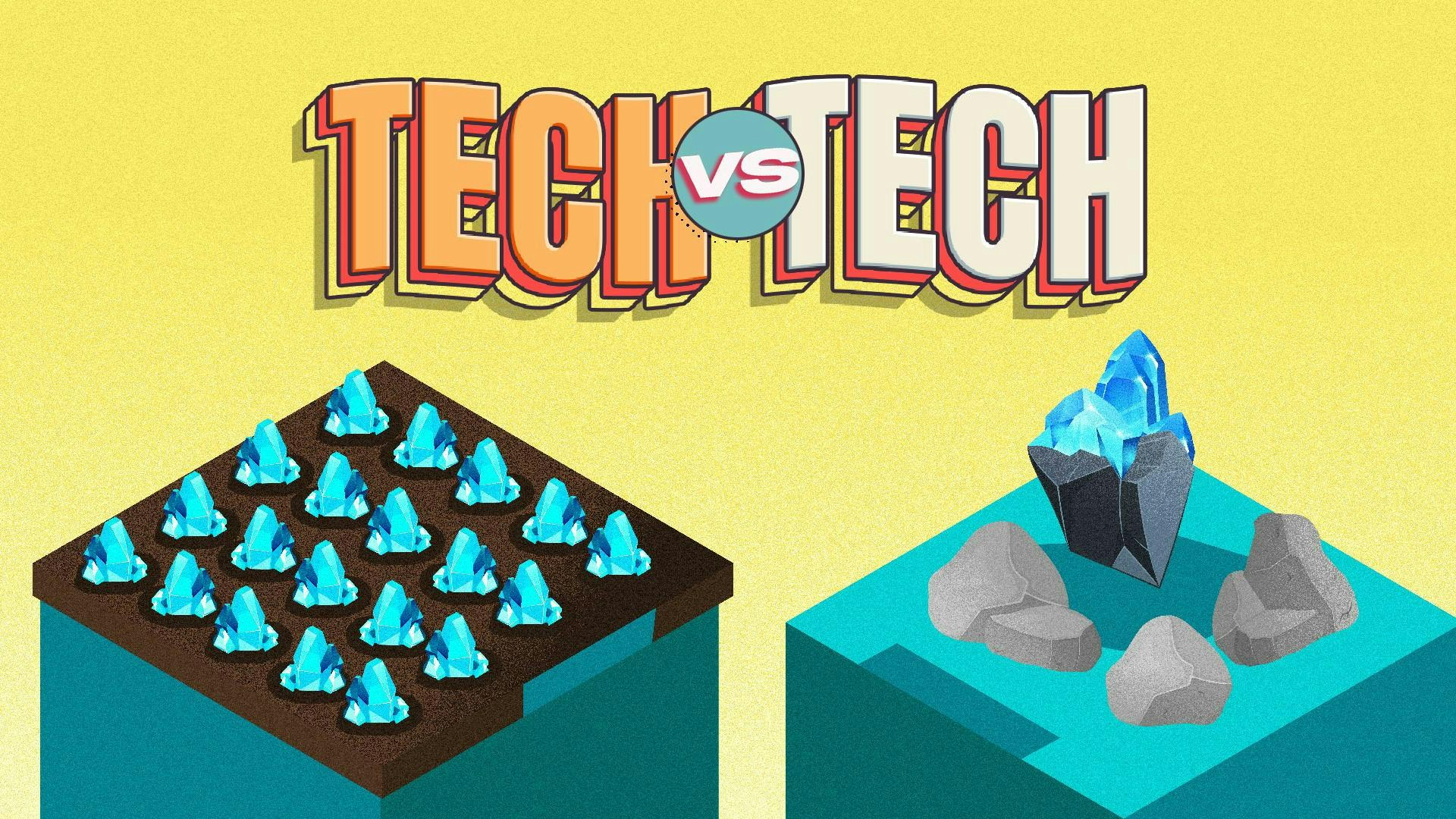Category:
Topic:
02/03
Sophisticated technology analysis made easy
The global data analytics platform for policy makers, investors and corporations financing emerging technology.
03/03
Get in touch
Connect with us in your preferred channel.
Category:
Topic:
02/03
Sophisticated technology analysis made easy
The global data analytics platform for policy makers, investors and corporations financing emerging technology.
03/03
Connect with us in your preferred channel.

How solar became ridiculously cheap, solves some of the biggest problems renewables face … and might just save us.

In exchange for health indicators and colourful pie charts of genetic lineage, millions of people are willing to submit unique bodily information into an abyss of company databases. With their treasure troves of genetic information, you’d suspect DNA testing companies to be faring well. Not exactly.

As space exploration advances, biotechnology is a promising frontier, notably for matters of life support, but also for more efficiently leveraging resources in space environments.

Energy-harvesting clothes are textiles with mounted energy-harvesting features. Imagine the sartorial possibilities: Your jeans could charge your phone while you walk.

The resilience and versatility of fungi offer innovative solutions to pressing challenges. Notably, fungal technology could respond to several major pollution issues: Plastic and meat overconsumption, and oil spills.

Generative AI companions aren't merely transactional bots; they foster seemingly genuine connection. This isn’t a subculture. It’s going mainstream at lightspeed.

Levitation: No longer the sole provenance of Jedi masters! Acoustic levitation is the use of sound to lift and manipulate objects ... and it's getting a lot more action than you might believe.

A guide to understanding open- and closed-source LLMs, including the ethical and security risks on both sides. Get details on what you should evaluate, and our shortlist of notable open-source LLMs.

The EU is expected to intensify its own mining activity in the next few years, but traditional methods have serious social and environmental repercussions. Could bioleaching or phytomining mitigate these effects?